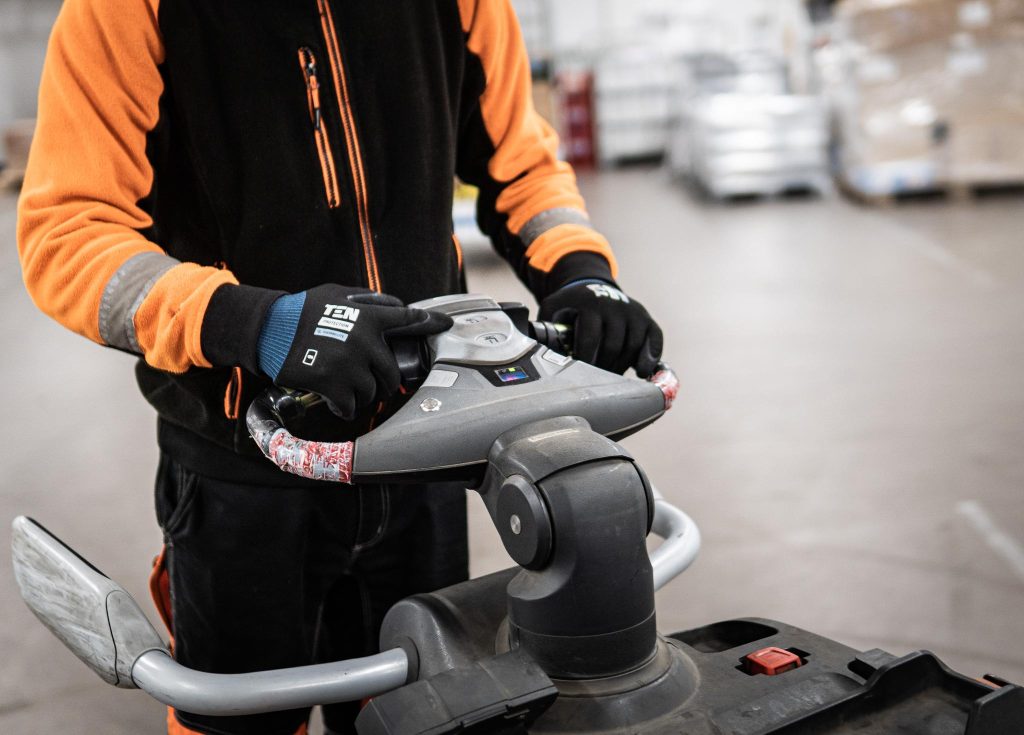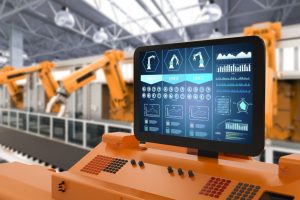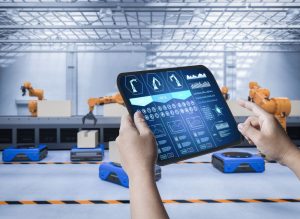6 Features to Look For in an Industrial Touch Screen Display
Not all industrial touch screen displays are created equal, especially in the tech world where something new and more sophisticated always comes up to beat the previous one.
To ensure seamless integration and optimal performance in the manufacturing environment, it’s essential to carefully consider specific features when selecting an industrial touch screen display. What features should you look for? Here are six of them:
1. Robust Build and Durability
Manufacturing floors can be harsh environments, with exposure to dust, moisture, and varying temperatures. A robust and durable touch screen display is paramount to withstand these conditions.
Look for displays with ruggedized enclosures, hardened glass, and an ingress protection (IP) rating that ensures resistance against dust and water. This ensures longevity and reduces the risk of malfunctions or breakdowns due to environmental factors.
2. High Visibility and Sunlight Readability
Manufacturing facilities often have varying lighting conditions and a touch screen display must be visible in all circumstances. Opt for a display with high brightness levels and anti-glare technology to ensure readability even in direct sunlight. This feature is critical for operators who need to access and control processes on the manufacturing floor without any visibility issues.
3. Touch Technology and Sensitivity
The type of touch technology used in an industrial display significantly influences its performance. Resistive and capacitive touch screens are common choices. Resistive screens are cost-effective and work well with gloves, while capacitive screens offer better clarity and multitouch functionality.
Choose the technology that aligns with your specific manufacturing needs. Additionally, consider the touch sensitivity, as a responsive touch screen enhances user experience and productivity.
4. Temperature Range and Thermal Management
Industrial environments can generate significant heat and touch screen displays must operate reliably within a wide temperature range. Ensure that the chosen display is designed to withstand extreme temperatures without compromising performance. Adequate thermal management features—such as integrated cooling systems or passive cooling structures—help maintain optimal operating temperatures.
5. Customization and Integration Capabilities
Varied industries often require specific functionalities tailored to their processes. Look for touch screen displays that offer customization options, allowing for the integration of industry-specific software or the development of custom applications. Compatibility with existing control systems and ease of integration into the manufacturing ecosystem is also crucial for a seamless user experience.
6. Compliance with Industry Standards
Different industries may have specific standards and regulations regarding equipment used in manufacturing. Ensure that the chosen touch screen display complies with relevant industry standards, certifications, and safety requirements. This not only guarantees the quality of the product but also ensures a safe working environment for operators.
Quality Industrial Touch Screen Display
If you’re in the market for an industrial touch screen display with these features, get in touch with us or visit our website to schedule a personalized consultation.






